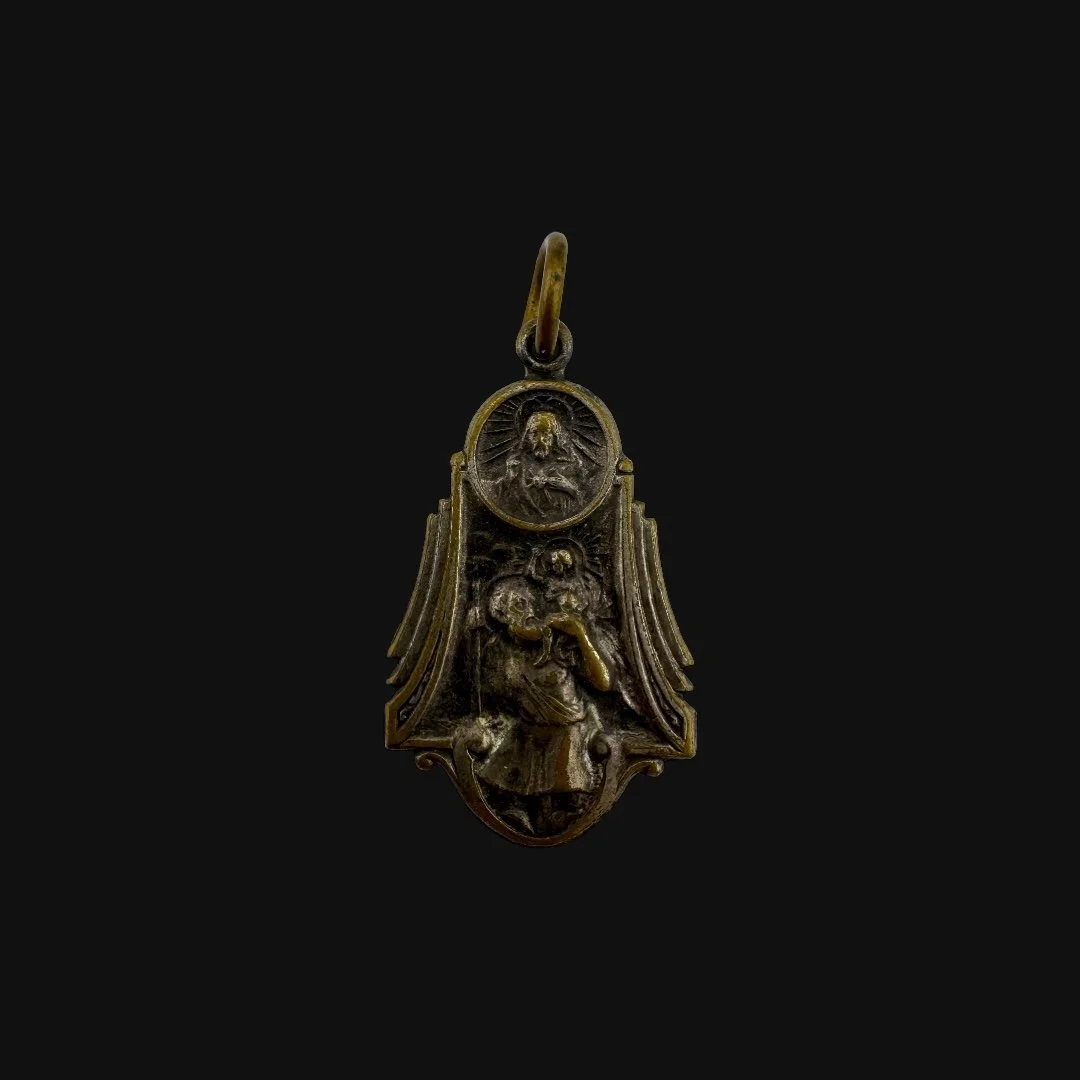 Image 1 of 13
Image 1 of 13

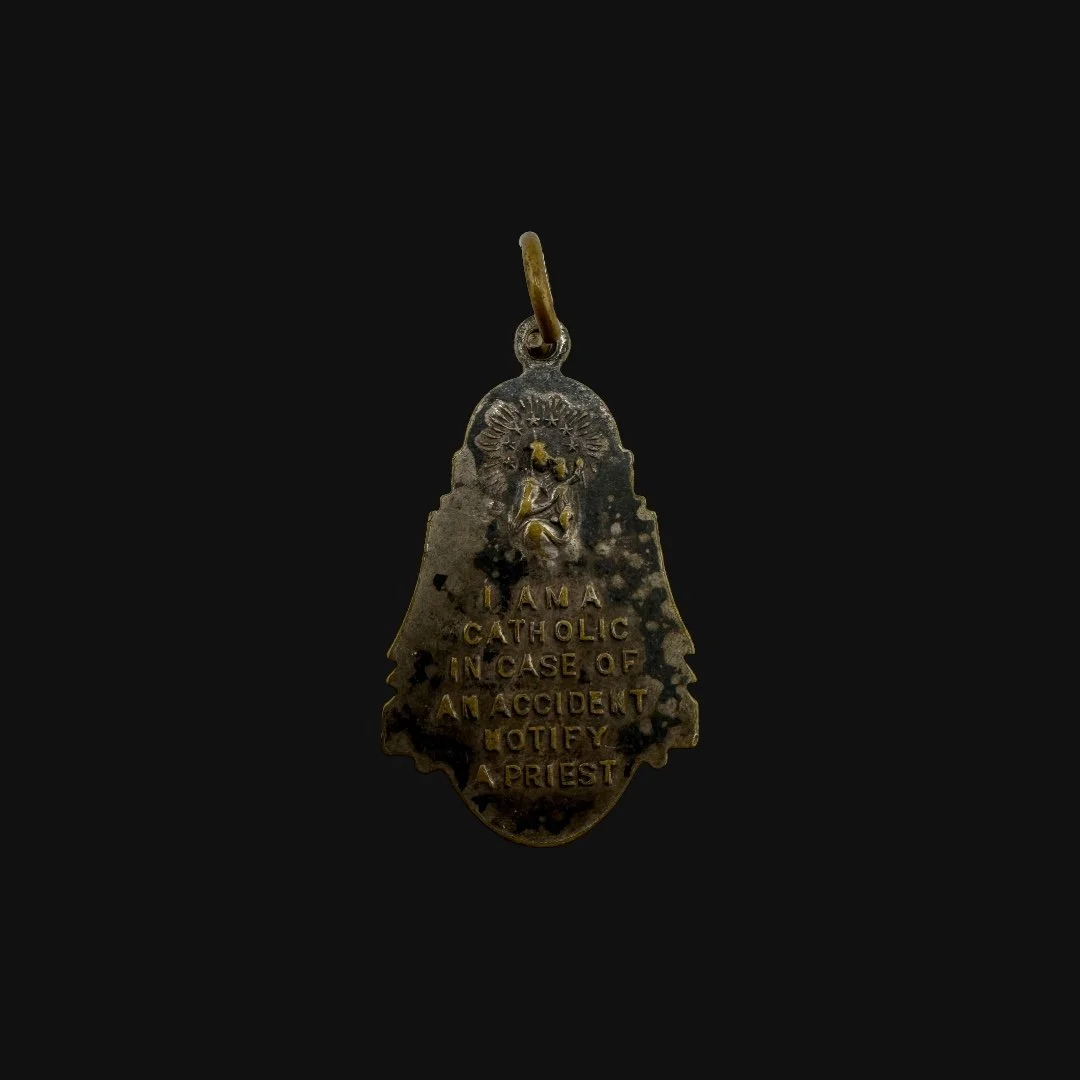 Image 2 of 13
Image 2 of 13

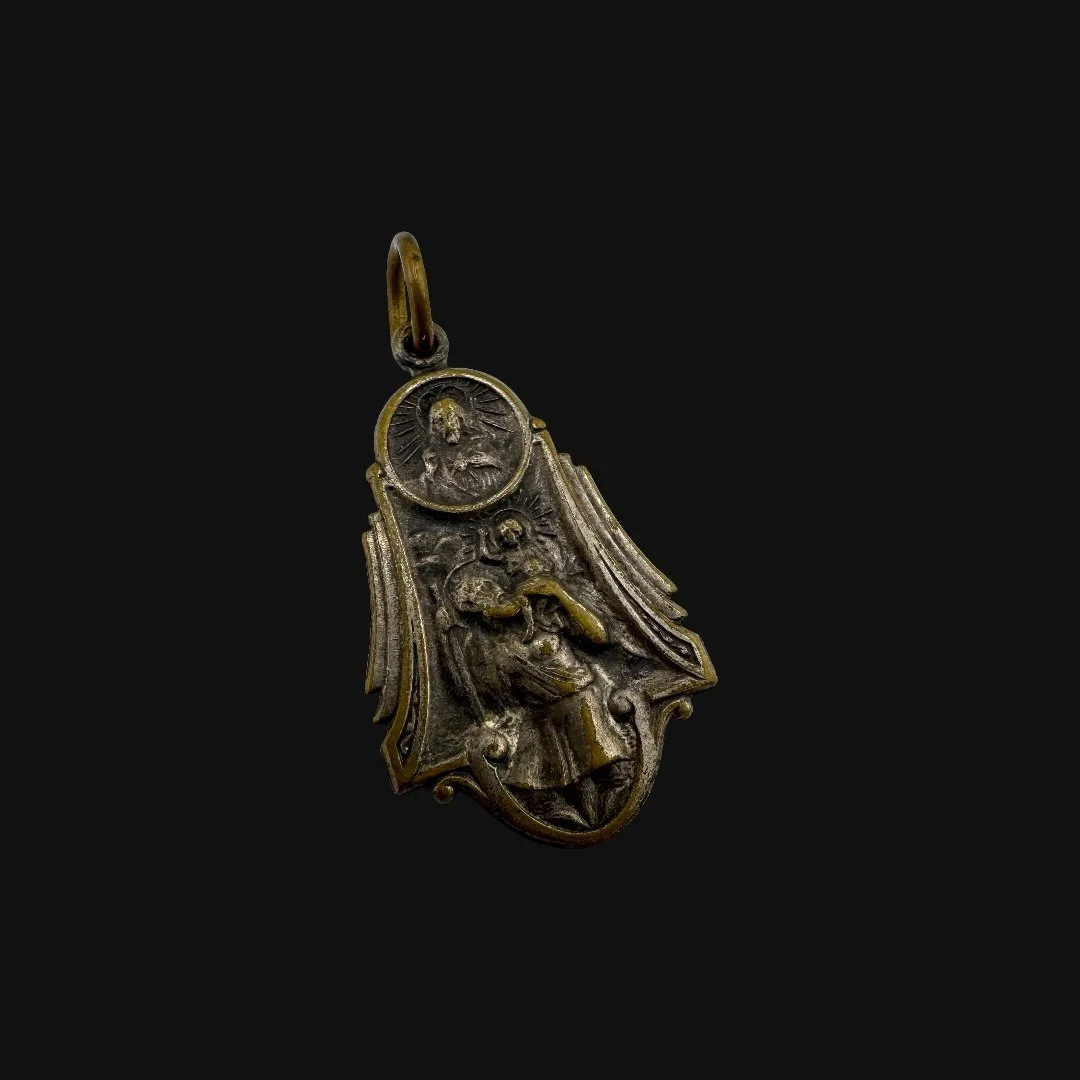 Image 3 of 13
Image 3 of 13

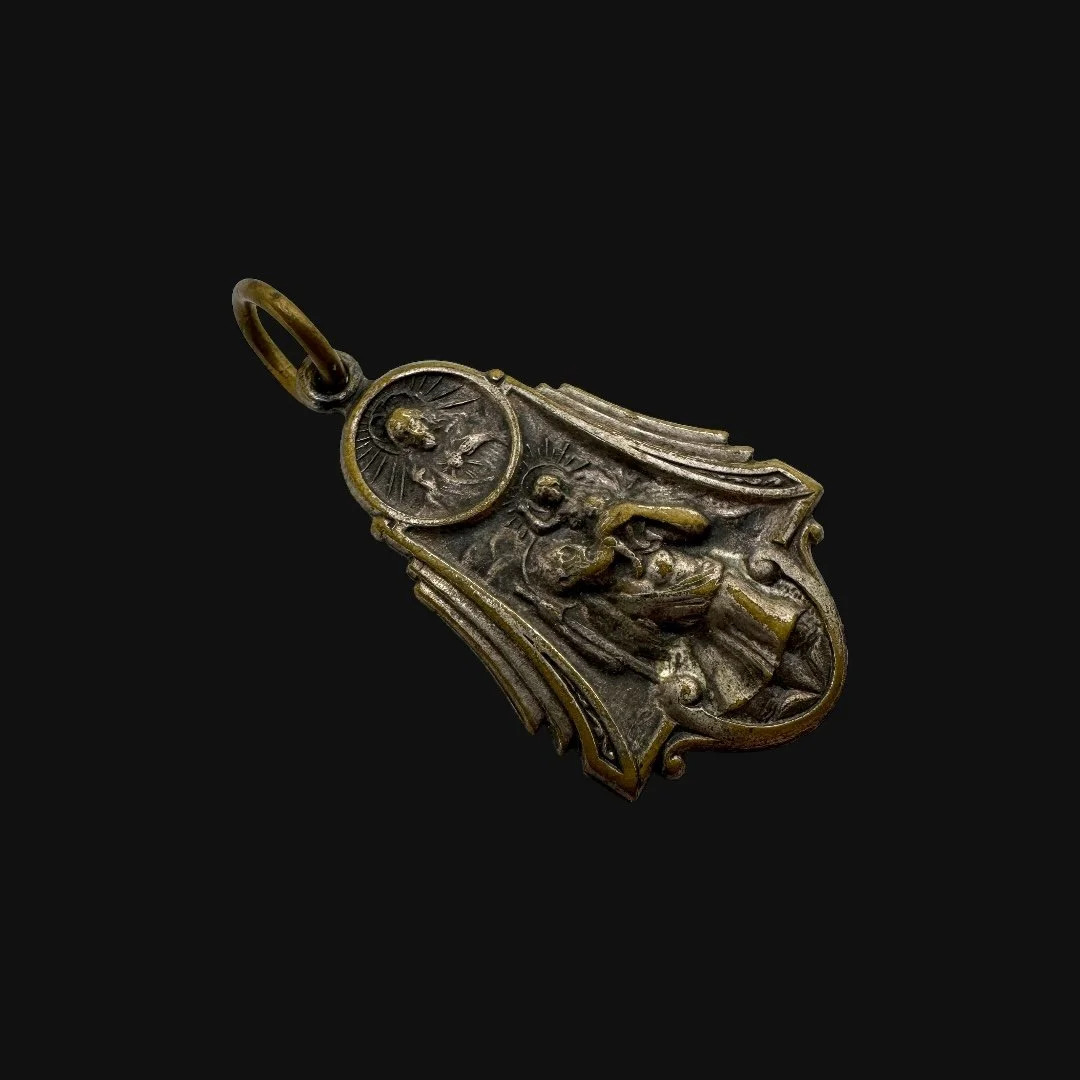 Image 4 of 13
Image 4 of 13

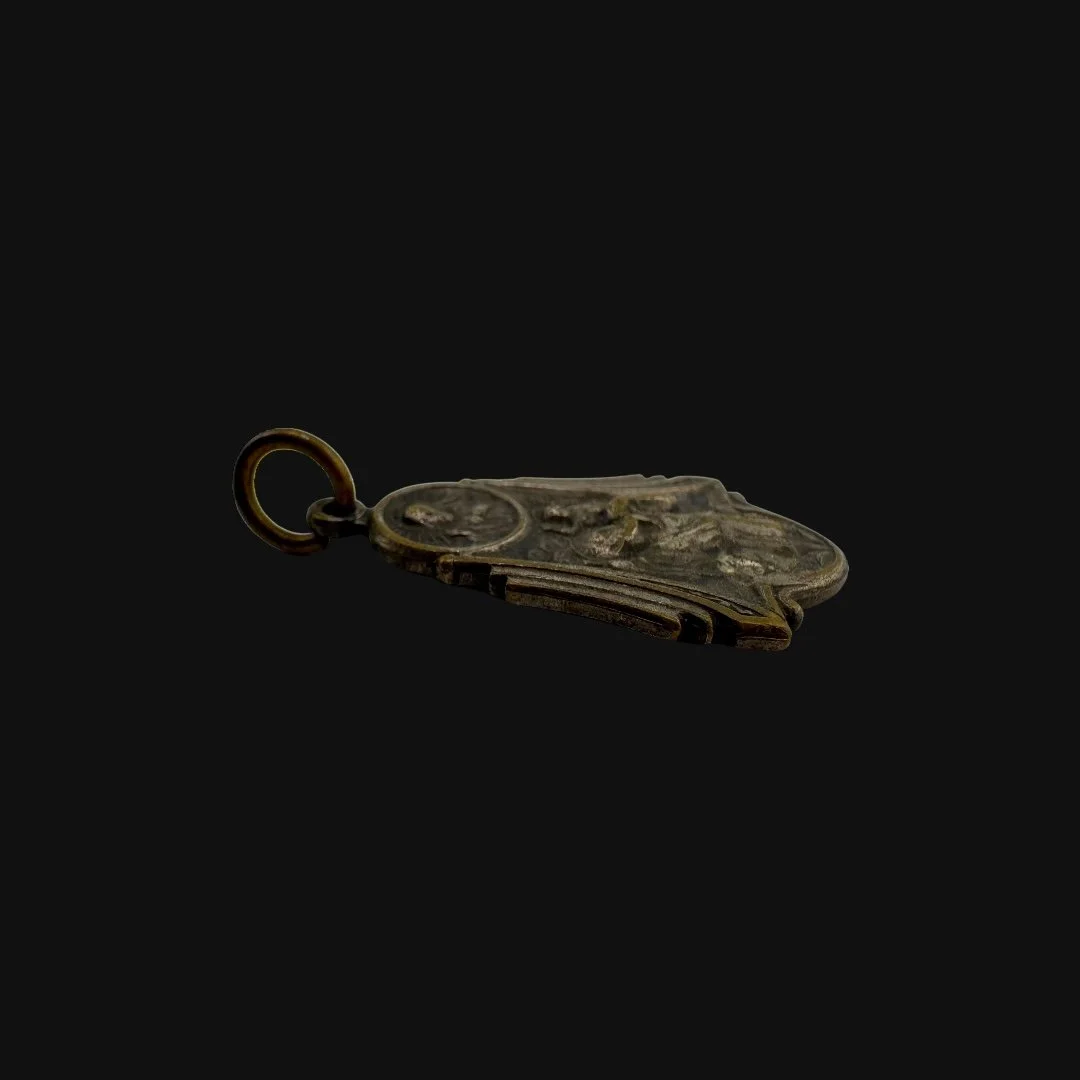 Image 5 of 13
Image 5 of 13

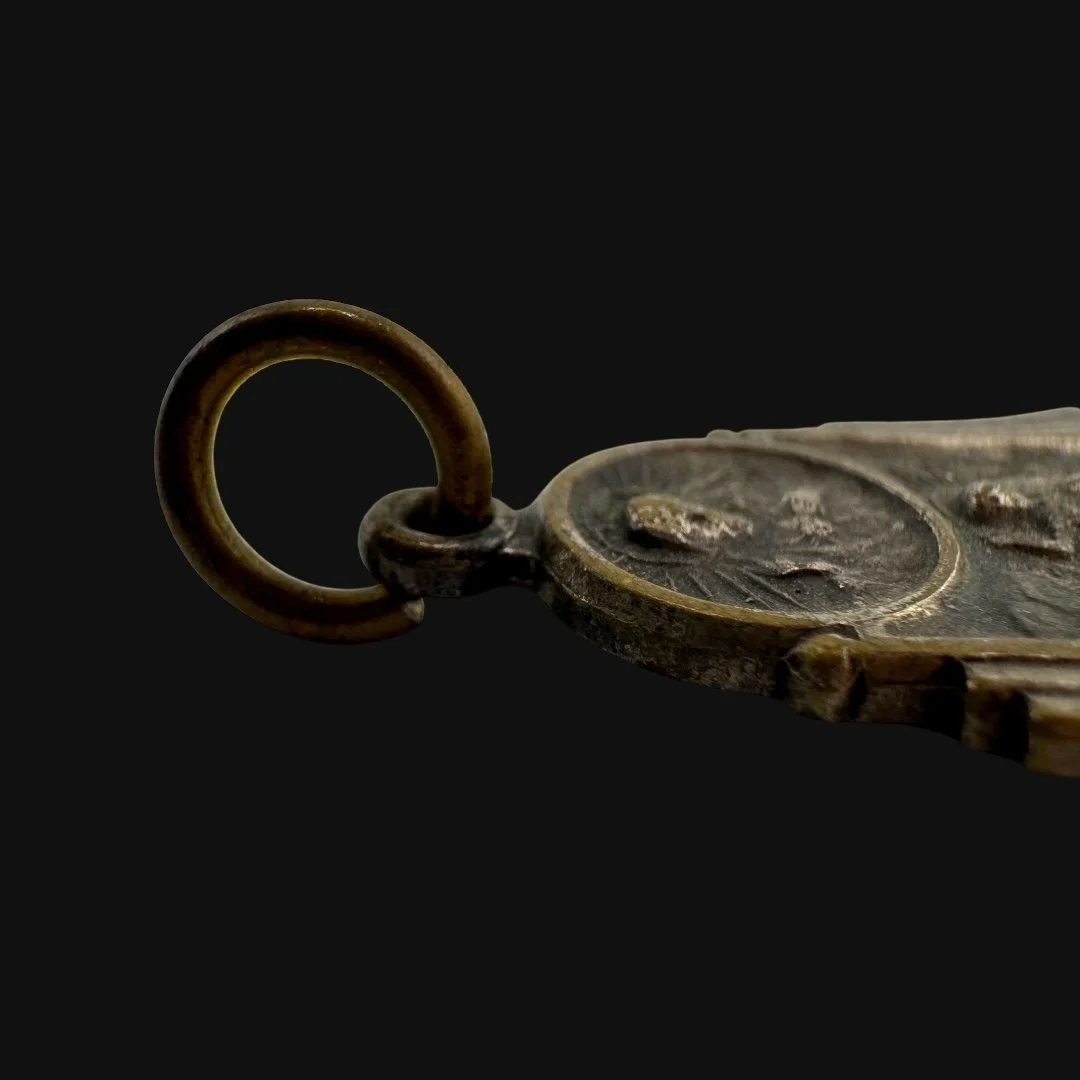 Image 6 of 13
Image 6 of 13

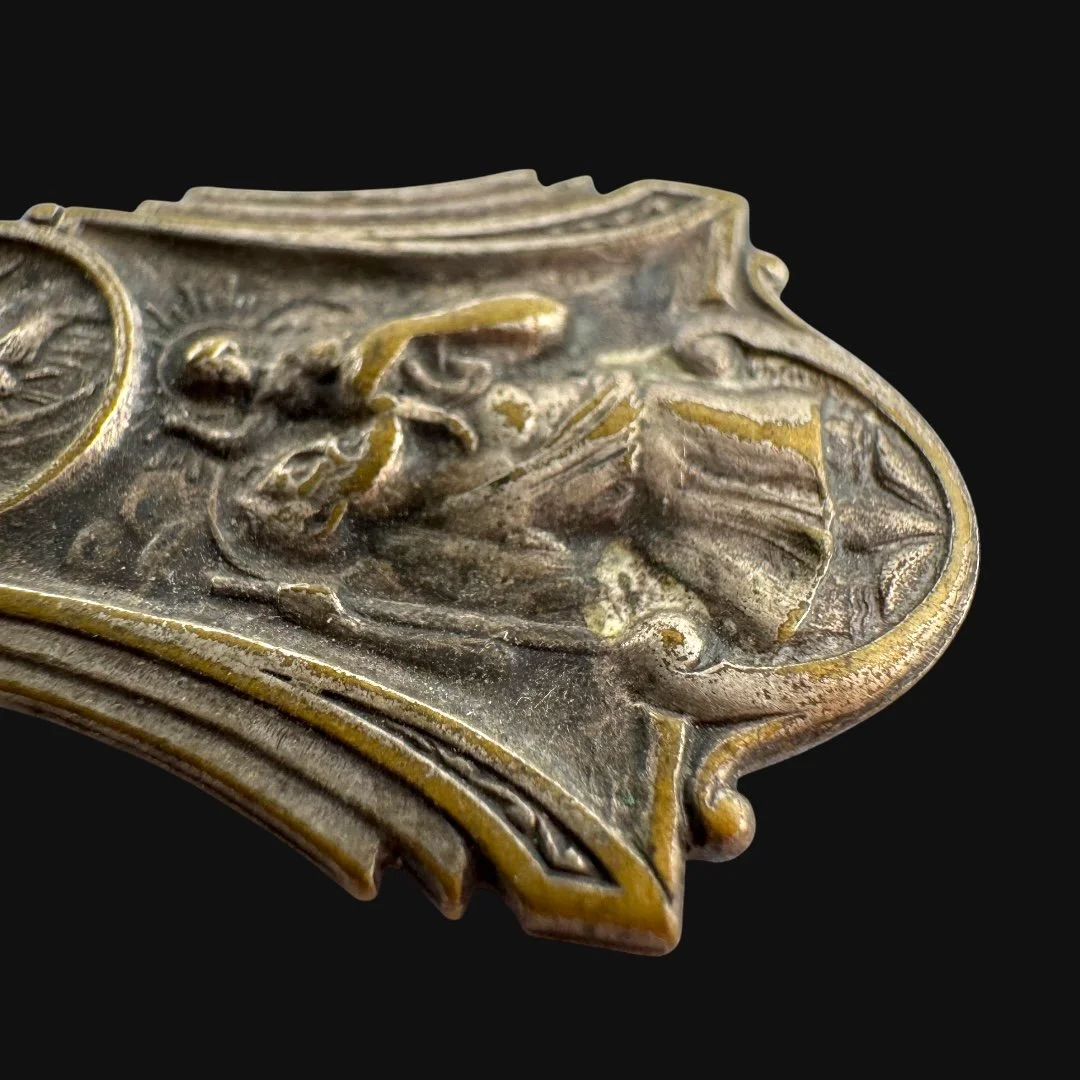 Image 7 of 13
Image 7 of 13

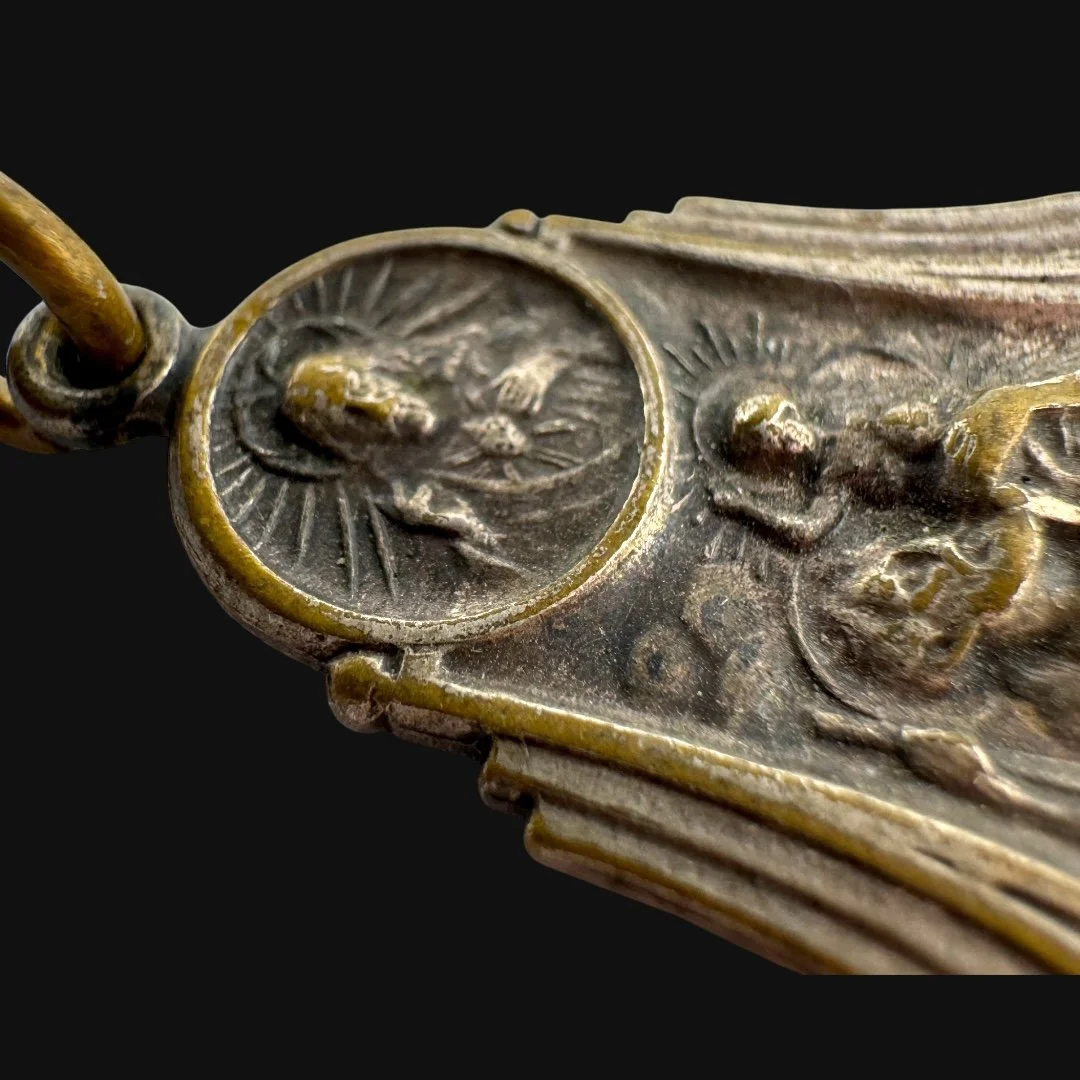 Image 8 of 13
Image 8 of 13

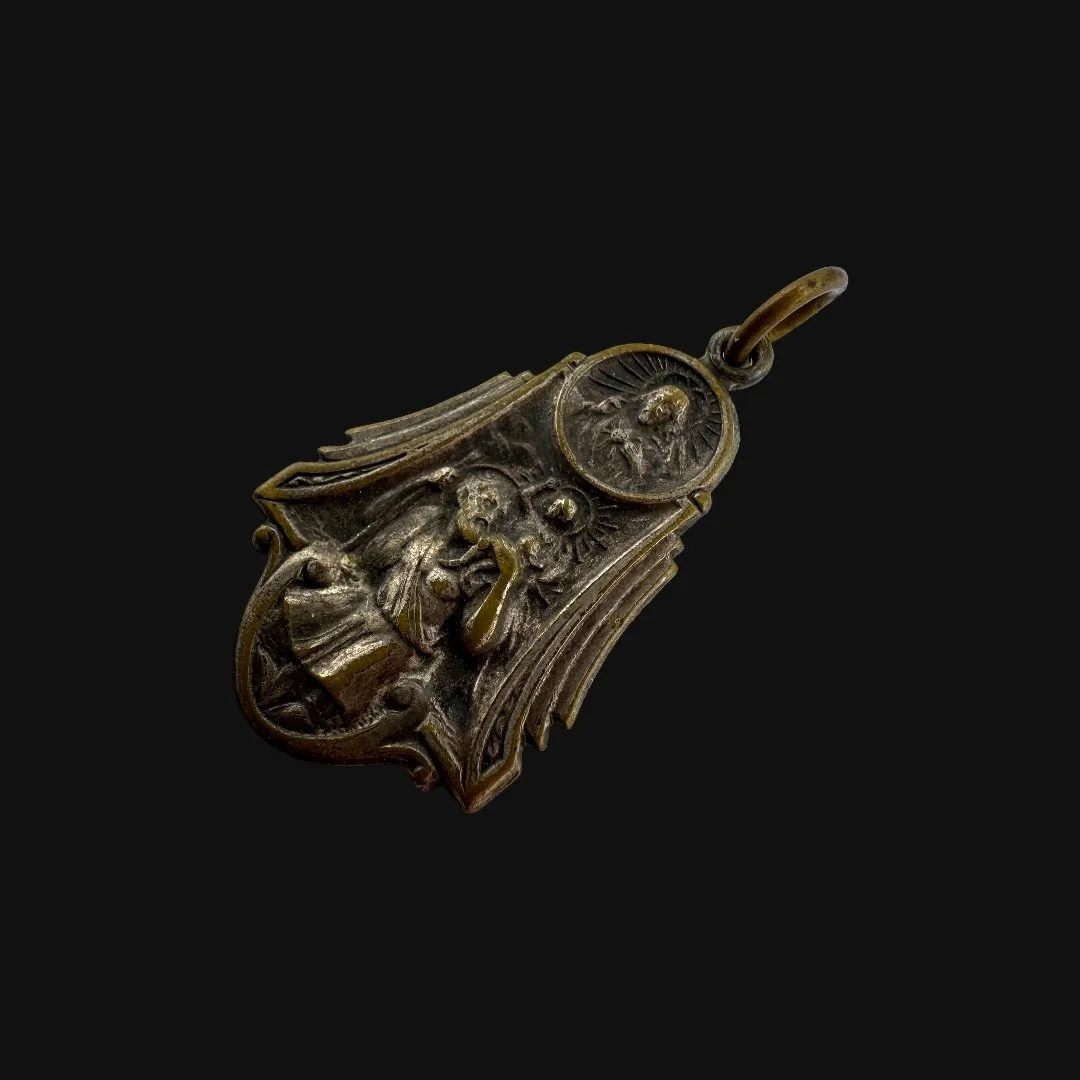 Image 9 of 13
Image 9 of 13

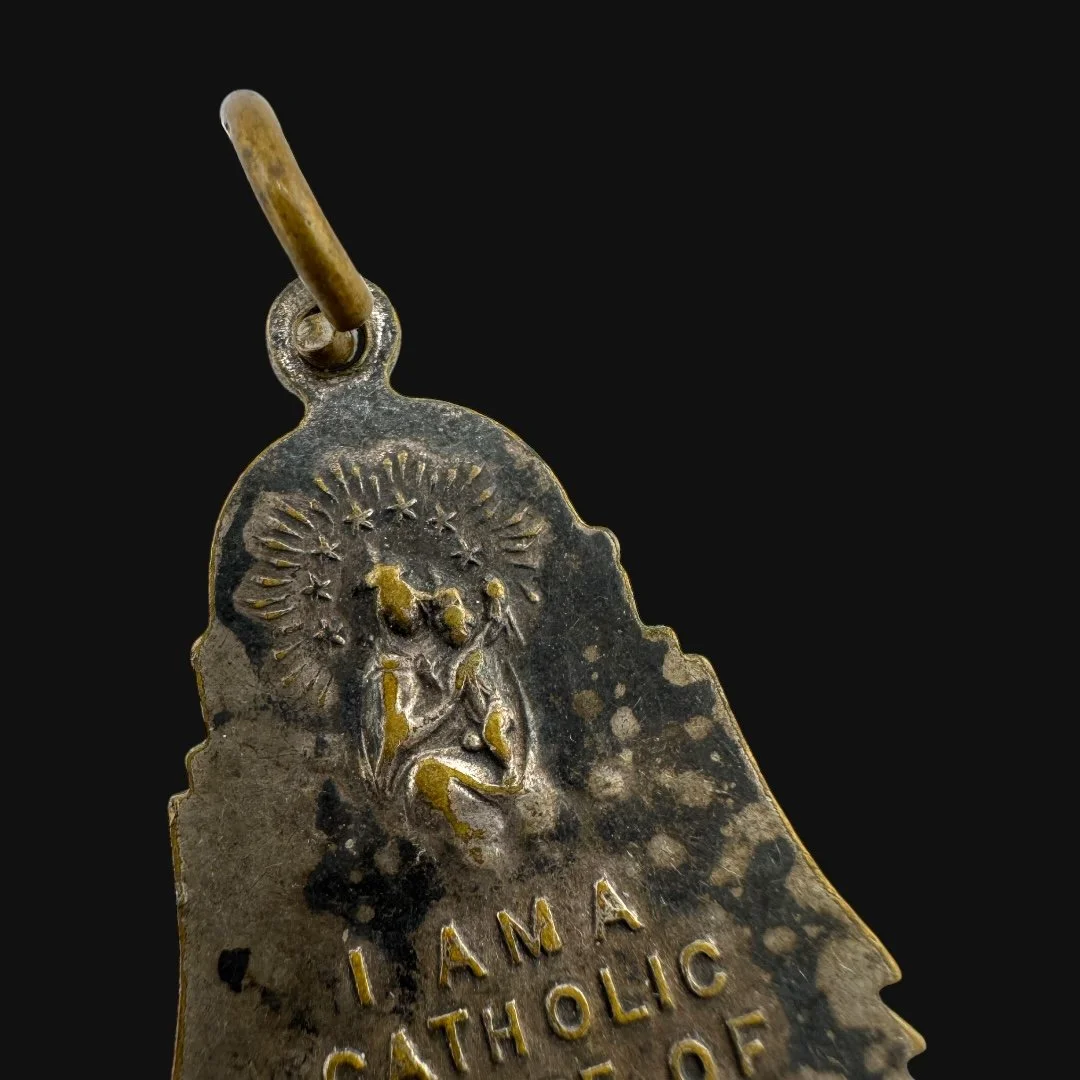 Image 10 of 13
Image 10 of 13

 Image 11 of 13
Image 11 of 13

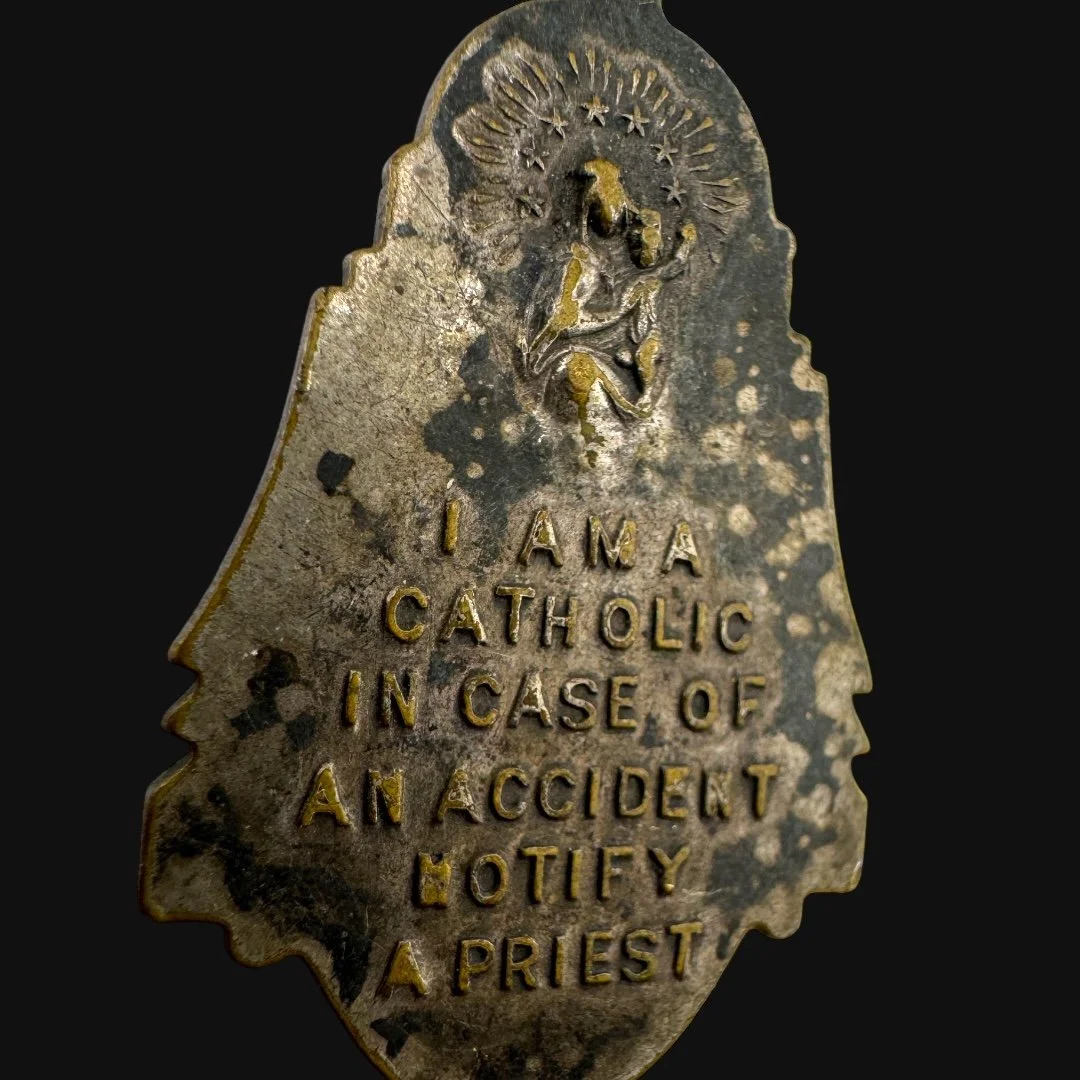 Image 12 of 13
Image 12 of 13

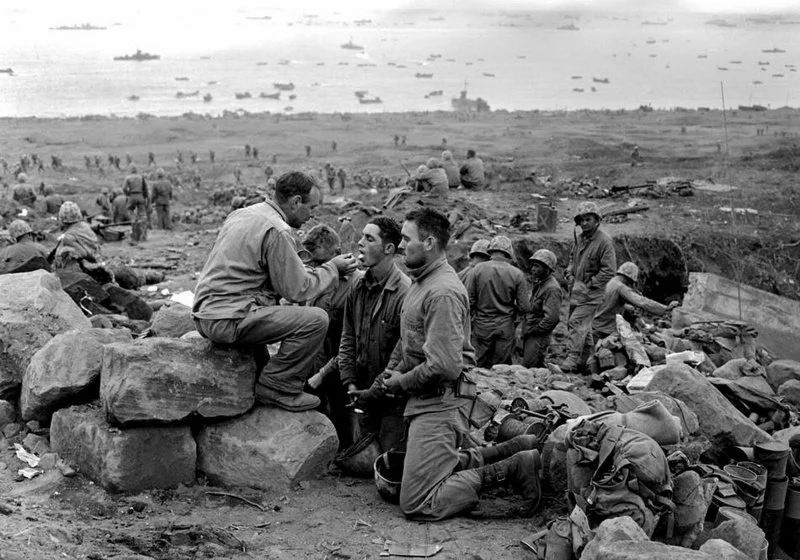 Image 13 of 13
Image 13 of 13














Original WWII 1941-1945 U.S. Soldier's “IN CASE OF AN ACCIDENT, NOTIFY A PRIEST” Theater-Worn Military Religious Necklace Pendant
Comes with a hand-signed C.O.A. and a full historical research write-up
From: World War II
Dated: 1941-1945
Pendant Size: Medium/Large (29mm x 19mm)
Inscription: “I AM A CATHOLIC IN CASE OF AN ACCIDENT, NOTIFY A PRIEST”
Wearable History Collection:
This authentic 1941-1945 WWII-era soldier’s necklace pendant, preserved in its original and unaltered condition, combines exceptional craftsmanship with lasting durability, making it fully suitable for modern wear today. As part of our exclusive World War II “Wearable History Pendant Collection,” it offers the rare opportunity to own and wear a genuine piece of World War II. Both a timeless accessory and a tangible link to the past, this truly one-of-a-kind necklace pendant stands as a wearable tribute to the courage and sacrifice of a generation.
During World War II, soldiers carried more than weapons, uniforms, and rations into battle. Many brought with them tokens of faith, love, and luck. Among Catholic servicemen, one of the most meaningful keepsakes was a religious pendant. These small medallions, often made of sterling silver, brass, or base metals, bore the images of beloved saints, the Virgin Mary, or Christ Himself. To countless men and women in uniform, they offered protection, a sense of connection to family, and spiritual reassurance in the midst of uncertainty and war.
These pendants were not issued by the U.S. Army, Navy, or Marine Corps. They were privately purchased or gifted. Mothers often pressed them into their sons’ palms before departure. Wives and fiancées mailed them overseas, and sometimes soldiers themselves purchased them at church supply stores, local jewelers, or Post Exchange shops on base. By the 1940s, millions of Catholic medals were in circulation, available in a wide range of designs and metals. Small and discreet, they could be worn on the same chain as dog tags or tucked quietly into a pocket.
Though rooted in Catholic devotion, the meaning of these pendants often crossed denominational lines. Some non-Catholic soldiers wore them as gifts from loved ones, treating them as symbols of luck and hope. In times of danger, religious distinctions mattered less than the comfort of having something that represented home and protection. For some soldiers, the pendant expressed deep personal faith. For others, it was a simple reminder of the family who waited for their return.
Each pendant carried more than religious imagery, it carried a story. A mother’s blessing, a sweetheart’s promise, or a family’s prayer for safe return. In letters home, soldiers sometimes mentioned their medals. A Catholic sailor wrote in 1943 that he kept his Virgin Mary pendant “next to the tags, so I feel her close when I am far from home.” Pilots wore them in flight jackets before missions. Sailors tied them to their dog tags before boarding ships. Infantrymen kept them tucked inside uniform pockets during long marches.
Examples in Wartime Use
Normandy and the European Theater: Some paratroopers jumped into France on D-Day wearing religious pendants beside their identification tags. Surviving wartime effects often include saint or Virgin Mary medals carried through the campaign.
Pacific Campaigns: Marines at Guadalcanal and Iwo Jima wrote of rubbing their pendants during lulls in combat. Sailors crossing the vast Pacific often carried medals as steady reminders of prayers for protection at sea.
Air Force Missions: Bomber crews, who faced staggering casualty rates over Europe, frequently carried Catholic medals into the skies. Some were Saint Anthony pendants, invoking the patron saint of the lost, while others bore Christ or Mary. They represented the soldiers’ hope not to be lost in battle or forgotten by loved ones.
The Legacy Within This WWII Necklace Pendant:
This original World War II soldier’s necklace pendant was worn as a symbol of faith as they faced the most dangerous campaigns of the war. From the beaches of Normandy and the frozen Ardennes to the islands of Guadalcanal and Iwo Jima, pendants like these traveled with their wearers through the fire of battle. They carried silent strength in the foxholes, aboard the landing craft, and in the skies above Europe and the Pacific. For many young men, they were reminders of family, faith, and home. Every scratch and worn edge tells a story. It reflects long marches under heavy packs, nights spent under artillery fire, and the constant weight of uncertainty. These pendants were deeply personal talismans, often gifted by loved ones, worn close to the heart through the trials of war. To own and wear an original World War II pendant today is to hold a tangible piece of that history. Each is one of a kind. No two carry the same marks, memories, or path through the war. Wearing this meaningful and historical WWII pendant is a natural conversation starter. A way to honor the service of family members who fought in the conflict and to continue carrying the legacy of the Greatest Generation forward. This pendant is not only jewelry. It is a living connection to the past. A reminder of courage, sacrifice, and the enduring spirit of those who shaped history in World War II.
Comes with a hand-signed C.O.A. and a full historical research write-up
From: World War II
Dated: 1941-1945
Pendant Size: Medium/Large (29mm x 19mm)
Inscription: “I AM A CATHOLIC IN CASE OF AN ACCIDENT, NOTIFY A PRIEST”
Wearable History Collection:
This authentic 1941-1945 WWII-era soldier’s necklace pendant, preserved in its original and unaltered condition, combines exceptional craftsmanship with lasting durability, making it fully suitable for modern wear today. As part of our exclusive World War II “Wearable History Pendant Collection,” it offers the rare opportunity to own and wear a genuine piece of World War II. Both a timeless accessory and a tangible link to the past, this truly one-of-a-kind necklace pendant stands as a wearable tribute to the courage and sacrifice of a generation.
During World War II, soldiers carried more than weapons, uniforms, and rations into battle. Many brought with them tokens of faith, love, and luck. Among Catholic servicemen, one of the most meaningful keepsakes was a religious pendant. These small medallions, often made of sterling silver, brass, or base metals, bore the images of beloved saints, the Virgin Mary, or Christ Himself. To countless men and women in uniform, they offered protection, a sense of connection to family, and spiritual reassurance in the midst of uncertainty and war.
These pendants were not issued by the U.S. Army, Navy, or Marine Corps. They were privately purchased or gifted. Mothers often pressed them into their sons’ palms before departure. Wives and fiancées mailed them overseas, and sometimes soldiers themselves purchased them at church supply stores, local jewelers, or Post Exchange shops on base. By the 1940s, millions of Catholic medals were in circulation, available in a wide range of designs and metals. Small and discreet, they could be worn on the same chain as dog tags or tucked quietly into a pocket.
Though rooted in Catholic devotion, the meaning of these pendants often crossed denominational lines. Some non-Catholic soldiers wore them as gifts from loved ones, treating them as symbols of luck and hope. In times of danger, religious distinctions mattered less than the comfort of having something that represented home and protection. For some soldiers, the pendant expressed deep personal faith. For others, it was a simple reminder of the family who waited for their return.
Each pendant carried more than religious imagery, it carried a story. A mother’s blessing, a sweetheart’s promise, or a family’s prayer for safe return. In letters home, soldiers sometimes mentioned their medals. A Catholic sailor wrote in 1943 that he kept his Virgin Mary pendant “next to the tags, so I feel her close when I am far from home.” Pilots wore them in flight jackets before missions. Sailors tied them to their dog tags before boarding ships. Infantrymen kept them tucked inside uniform pockets during long marches.
Examples in Wartime Use
Normandy and the European Theater: Some paratroopers jumped into France on D-Day wearing religious pendants beside their identification tags. Surviving wartime effects often include saint or Virgin Mary medals carried through the campaign.
Pacific Campaigns: Marines at Guadalcanal and Iwo Jima wrote of rubbing their pendants during lulls in combat. Sailors crossing the vast Pacific often carried medals as steady reminders of prayers for protection at sea.
Air Force Missions: Bomber crews, who faced staggering casualty rates over Europe, frequently carried Catholic medals into the skies. Some were Saint Anthony pendants, invoking the patron saint of the lost, while others bore Christ or Mary. They represented the soldiers’ hope not to be lost in battle or forgotten by loved ones.
The Legacy Within This WWII Necklace Pendant:
This original World War II soldier’s necklace pendant was worn as a symbol of faith as they faced the most dangerous campaigns of the war. From the beaches of Normandy and the frozen Ardennes to the islands of Guadalcanal and Iwo Jima, pendants like these traveled with their wearers through the fire of battle. They carried silent strength in the foxholes, aboard the landing craft, and in the skies above Europe and the Pacific. For many young men, they were reminders of family, faith, and home. Every scratch and worn edge tells a story. It reflects long marches under heavy packs, nights spent under artillery fire, and the constant weight of uncertainty. These pendants were deeply personal talismans, often gifted by loved ones, worn close to the heart through the trials of war. To own and wear an original World War II pendant today is to hold a tangible piece of that history. Each is one of a kind. No two carry the same marks, memories, or path through the war. Wearing this meaningful and historical WWII pendant is a natural conversation starter. A way to honor the service of family members who fought in the conflict and to continue carrying the legacy of the Greatest Generation forward. This pendant is not only jewelry. It is a living connection to the past. A reminder of courage, sacrifice, and the enduring spirit of those who shaped history in World War II.